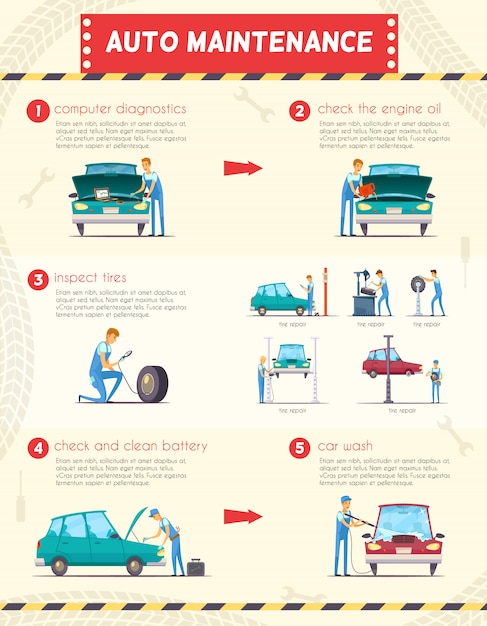Deciphering Truth Definition Behind Your Vehicle'S Warning Lighting
Deciphering Truth Definition Behind Your Vehicle'S Warning Lighting
Blog Article
Material Written By-Hernandez Conradsen
When you lag the wheel, those glowing caution lights on your control panel can be a little bit perplexing. Do you know what they're trying to inform you concerning your cars and truck's health and wellness? Recognizing the value of these lights is vital for your security and the durability of your vehicle. So, the following time among those lights turns up, wouldn't you wish to understand its message properly and take the essential steps to address it?
Common Caution Lights and Interpretations
Recognize common caution lights in your automobile and recognize their definitions to ensure secure driving.
One of the most normal caution lights include the check engine light, which indicates issues with the engine or discharges system. If this light comes on, it's vital to have your vehicle inspected promptly.
The oil stress cautioning light indicates low oil pressure, needing instant interest to stop engine damages.
A blinking battery light might suggest a malfunctioning charging system, possibly leaving you stranded if not dealt with.
The tire pressure tracking system (TPMS) light alerts you to low tire pressure, influencing vehicle security and gas effectiveness. Ignoring this could lead to unsafe driving conditions.
The abdominal light shows an issue with the anti-lock stopping system, endangering your ability to quit quickly in emergencies.
Last but not least, the coolant temperature level advising light warns of engine overheating, which can result in serious damages otherwise fixed promptly.
Recognizing these usual warning lights will certainly help you address concerns quickly and preserve safe driving conditions.
Value of Prompt Interest
Recognizing the typical caution lights in your cars and truck is only the very first step; the value of quickly dealing with these cautions can't be emphasized sufficient to ensure your safety on the road.
When a warning light illuminates on your dashboard, it's your car's way of communicating a potential issue that requires attention. Disregarding these warnings can cause extra severe problems down the road, endangering your safety and potentially costing you a lot more in repairs.
Trigger focus to cautioning lights can prevent malfunctions and crashes. As an example, a blinking check engine light can indicate a misfire that, if left neglected, might trigger damage to the catalytic converter. Resolving this promptly can save you from a pricey repair work.
In a similar way, a brake system advising light may signify reduced brake liquid or worn brake pads, essential parts for your safety and security when driving.
Do It Yourself Troubleshooting Tips
If you discover a warning light on your control panel, there are a couple of DIY troubleshooting suggestions you can attempt before seeking specialist help.
The first step is to consult your auto's manual to understand what the certain caution light indicates. Occasionally the problem can be as easy as a loosened gas cap setting off the check engine light. Tightening up https://www.wptv.com/news/palm-beach-county/region-c-palm-beach-county/auto-repair-shop-owner-arrested-after-driver-shot-near-palm-springs may resolve the issue.
One more typical concern is a reduced battery, which can activate different cautioning lights. Checking the battery links for deterioration and guaranteeing they're safe and secure might fix the issue.
If cheap brake repair continues, you can attempt resetting it by disconnecting the auto's battery for a couple of mins and after that reconnecting it. In addition, inspecting your car's fluid levels, such as oil, coolant, and brake fluid, can aid repair alerting lights associated with these systems.
Verdict
In conclusion, understanding your vehicle's warning lights is important for keeping your lorry running efficiently and securely. By quickly resolving these signals and understanding what they mean, you can stay clear of pricey fixings and possible failures.
Bear in mind to consult your cars and truck's handbook for specific details on each alerting light and take action accordingly to make sure a trouble-free driving experience.
Keep informed, stay safe on the road!
